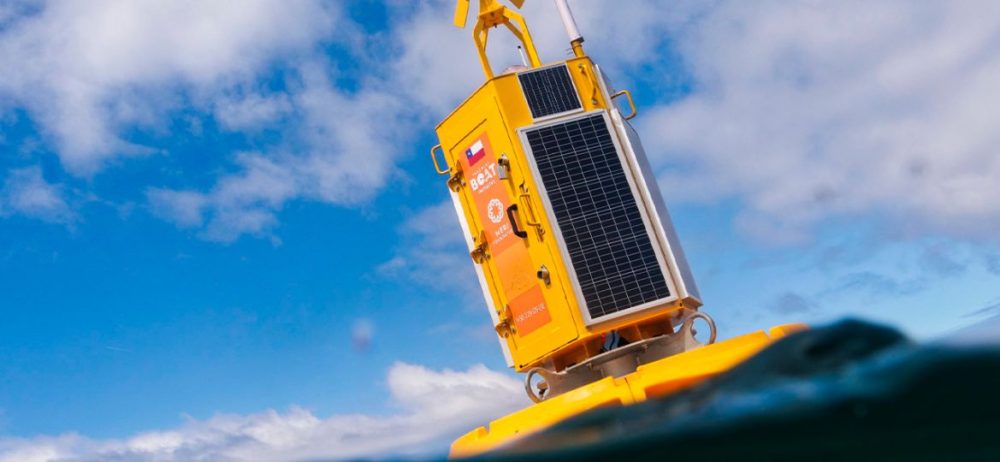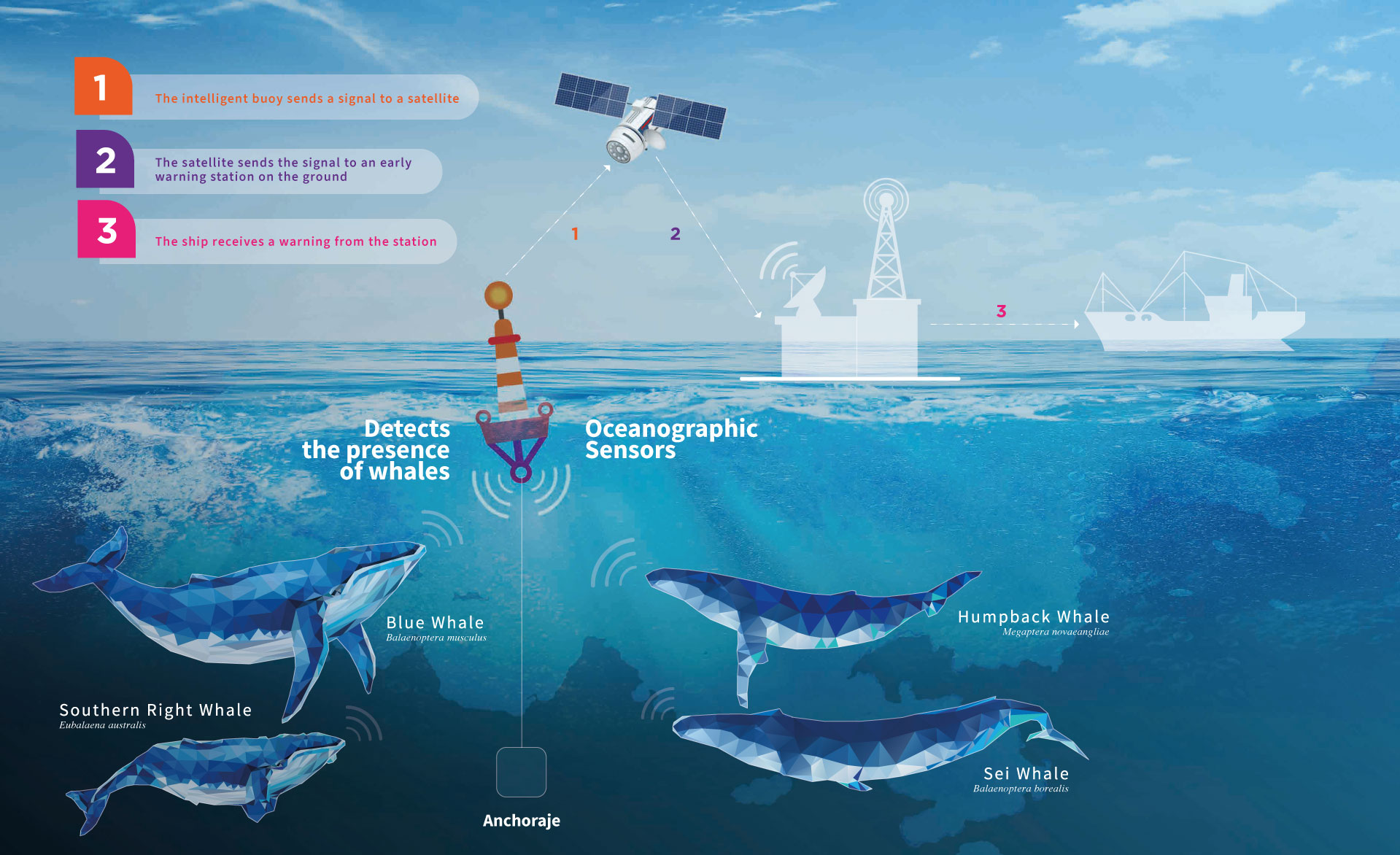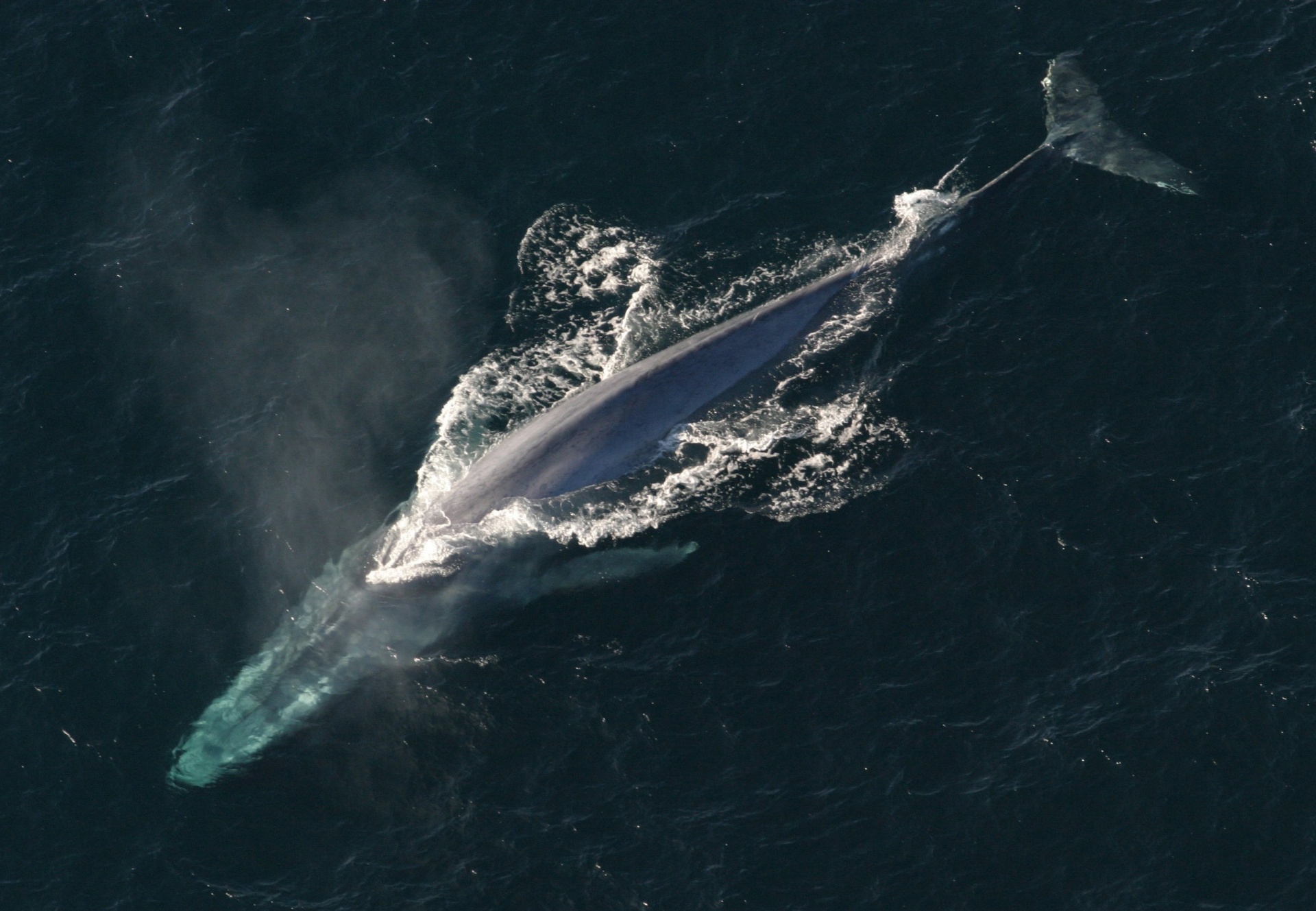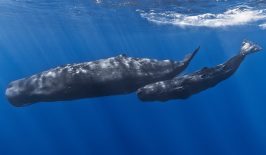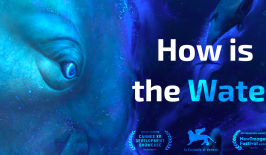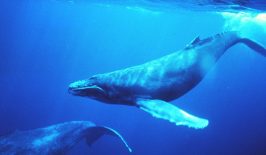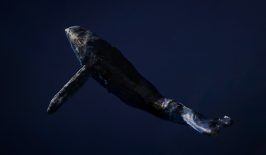Since the ‘Save the Whales’ movement of the late 1970s, whales of all species have become the poster children for marine ecological protection. But although progress has been made in those decades (humpback whale populations are almost at pre-whaling levels), many whales still have challenges from human activity and climate change.
A Chilean effort, The Blue Boat Initiative, is looking to help our planet’s biggest living creatures on their journey to recovery. Interestingly, the initiative not only highlights the need to protect these majestic and intelligent animals for ethical reasons, but also for economic, cultural and environmental ones.
Supported by the Chilean government and the MERI Foundation, a climatic research institution, the Blue Boat Initiative has developed bespoke smart buoys which can be used to track whale migration as well as assess local oceanic conditions. The first buoy, named Suyai – or ‘Hope’ – was installed in October in the Gulf of Corcovado, around 1,100 kilometres south of Santiago. Some estimates suggest as much as ten percent of the blue whale population frequent this area, as well as other species such as humpbacks, sei and southern right whales.
The buoys use artificial intelligence Listen to the Deep Ocean (LIDO) technology and oceanic sensors to detect the presence of whales in the area, especially blue whales. This information is then forwarded to early warning stations onshore, which can inform ships in the region of their presence. It is hoped ships can then avoid these areas, reducing interruption of their migration routes and lowering the likelihood of ship collisions.
The use of AI to listen to whales is an increasingly expanding area. Recently efforts are even underway to translate the calls of some whales into something understandable by humans. Although success in these efforts may still be a long way off, our ability to listen in on what’s going on under the waves could provide new insights into a still largely mysterious realm.
It is hoped this initial buoy will be joined by at least five others, although the Blue Boat Initiative suggests it may eventually be able to cover the entire migration route to Antarctic waters.
The Green Potential of Blue Whales
Whales, especially blue whales, play an important role not just in balancing their ecosystems, but also in climate protection and even carbon reduction.
Firstly, many whales are an ‘umbrella species’, meaning protecting them likely also indirectly protects other species. They also work to balance and oxygenate the oceans via their excrement, which boosts the production of phytoplankton. These microorganisms not only form the basis of several food chains, but also produce oxygen and absorb atmospheric carbon. There are already attempts being made to develop artificial whale excrement to ‘biomimic’ this process’.
And carbon sequestration is another often overlooked role of large whales. In their lifetime, a single blue whale may sequester 33 tons of carbon. When they die, their bodies usually sink to the deep ocean, where that carbon remains locked away for centuries – potentially up to 2,000 years. In fact, the high pressure and low temperatures of the deep ocean could make it an ideal location for long term carbon storage. One project is already looking at storing agricultural byproducts – rich in carbon – in deep sea locations.
The Blue Boat Initiative stresses that healthy whale populations also lead to a healthy economy. Whales help boost fish stocks, essential to local economies, while their carbon sequestration and ocean fertilisation also has economic value. These ‘services’ have been valued at 845,000 and 16 million USD respectively.
Then there is also ecotourism. The whale watching industry generates an estimated 2 billion USD a year, including 3.7 million for Chile alone.
Of course, protecting whales is a worthwhile endeavour by its own simple rights, but by framing these animals in an economic context, reticent governments and organisations may be mobilised to action. Instead of seeing economic protection as a ‘charitable’ cost with little immediate return, it is important to see much efforts as the foundation of long term economic, as well as environmental, survival.
